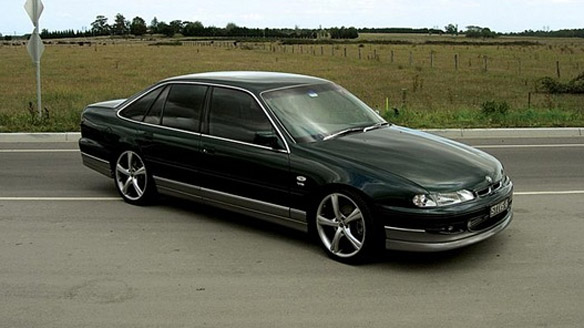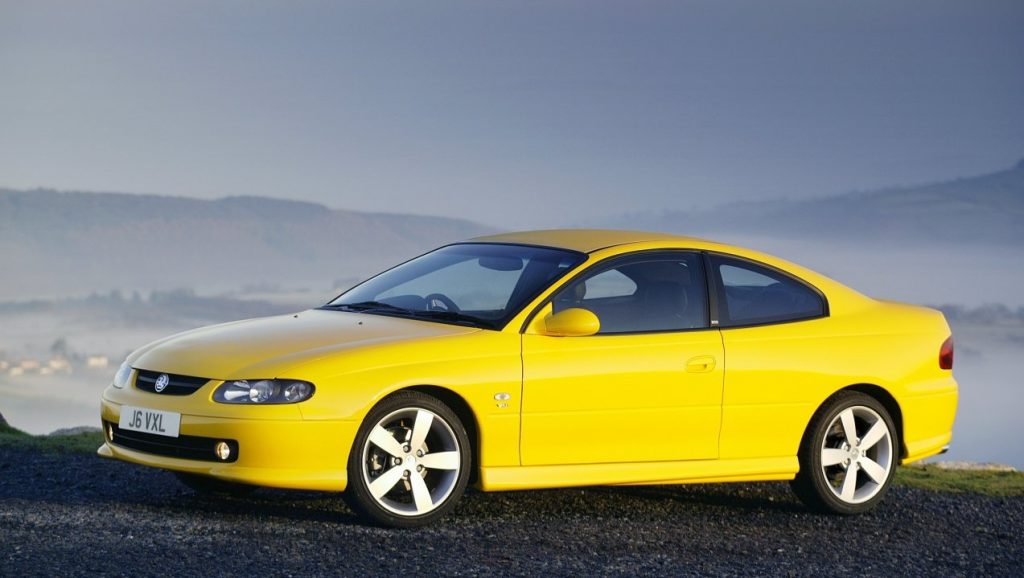The History of Holden
The rich heritage of Holden can be dated back to 1856 to a business in Adelaide, South Australia, owned by James Alexander Holden. It hasn’t always been about cars and automobiles but the iconic brand started its humble beginnings from a saddlery business. It wasn’t until 1908 the business saw opportunities in car upholstery and moved into the sector. The business evolved over the coming years and had begun production of motorcycle sidecar bodies by 1913 and manufacturing car bodies by 1919. Five years later, the company became the exclusive supplier of car bodies for the American car manufacturer General Motors in Australia with 34,000 units annually in 1930. In 1931, General Motors acquired Holden Motor Body Builders and the two companies merged to be renamed as General Motors-Holden’s Limited.
1940s

Holden’s car production was delayed during World War II with efforts diverted to the constructions of vehicle bodies, aircrafts, engines and field guns. Once the war ended, the company returned to producing vehicle bodies for car manufacturers including Vauxhall, Pontiac, Buick and Chevrolet. The Australian Government took the initiative to encourage an Australian Automotive Industry and the company set out to achieve the goal of building the first all-Australian motor car.
1950s

GM invested strongly in car production capacity to meet the demand for motor cars post-war. The 50-2016 coupe utility was born in 1951 and was the top choice for Australian rural areas. During this time, both sedan and utility variants had steady production until 1953 they were replaced by the FJ Holden and introduced the panel van. In 1954 Holden began exporting cars to New Zealand, introduced the FE model in 1956 offering a new station wagon body style and in 1957 held export status to 17 countries worldwide.
1960s

Introduction of the FB model became Holden’s first vehicle to be adapted to countries of left-hand drive vehicles. Holden reached the million vehicles sold by 1962 and would go on to sell a further million six years later. During this time the EK model was launched followed by the EJ, EH, HD and HR models. In 1966, Holden set the benchmark to become the first local manufacturer to fit seat belts on all their models. Competition arrived in Australia that introduced Australians to the Ford Falcon and various Japanese manufactured cars but Holden remained the top selling brand.
1970s

Holden introduced the top selling HQ model in 1971 that seen 485,650 units sold over 3 years. The HJ, HX and HZ series were launched and in 1975, Holden celebrates 25 years. Then came the introduction of the Commodore in 1978 with 100,000 units exported globally and became the most popular car to date.
1980s

The Holden WB ute and Statesman WB limousines were introduced and were based on designs from the HQ, HJ, HX and HX but consumers were considering cars from rival manufacturer Ford. Sales of the Commodore fell and the Ford Falcon claimed top spot for the best-selling Australian car transport. The controversial Commodore VL was powered by a 3.0-litre Nissan engine and to fulfil the legal requirement that all new cars sold in Australia after 1986 had to consume unleaded petrol. By the end of the decade, Holden had reclaimed top spot as Australia’s top car manufacturer.
1990s

Despite Japanese car manufacturer Toyota claiming market leadership for the first time in 1991, Holden’s market share increased from 21 percent in 1991 to 28.2 percent in 1999. The Statesman was reintroduced as the Statesman and Caprice which included ABS braking, the VN Commodore received a facelift and in 1997 the all-new VT Commodore was launched featuring rounded exterior car body, improved dynamics and a stronger body structure that emphasized crash safety.
2000s

Holden brought back the Monaro coupe in 2001 as a low volume niche model and attracted demand from UK selling as a Vauxhall Monaro and US selling as a Pontiac GTO. The Commodore VY and VZ were released early in the decade but the new era saw Toyota again named as top-selling brand. Holden’s market share dropped from 27.5 percent in 2000 to 15.2 percent in 2006.
The Future of Holden

The Commodore VF was introduced in 2013 and updated two years later, the VF series is the fifteenth and final Australian built Commodore since being introduced in 1978. GM announced that Holden would stop making vehicles in Australia by the end of 2017. Holden now imports their cars from Opel in Germany and GM plants in Canada and USA.
USEFUL LINKS


